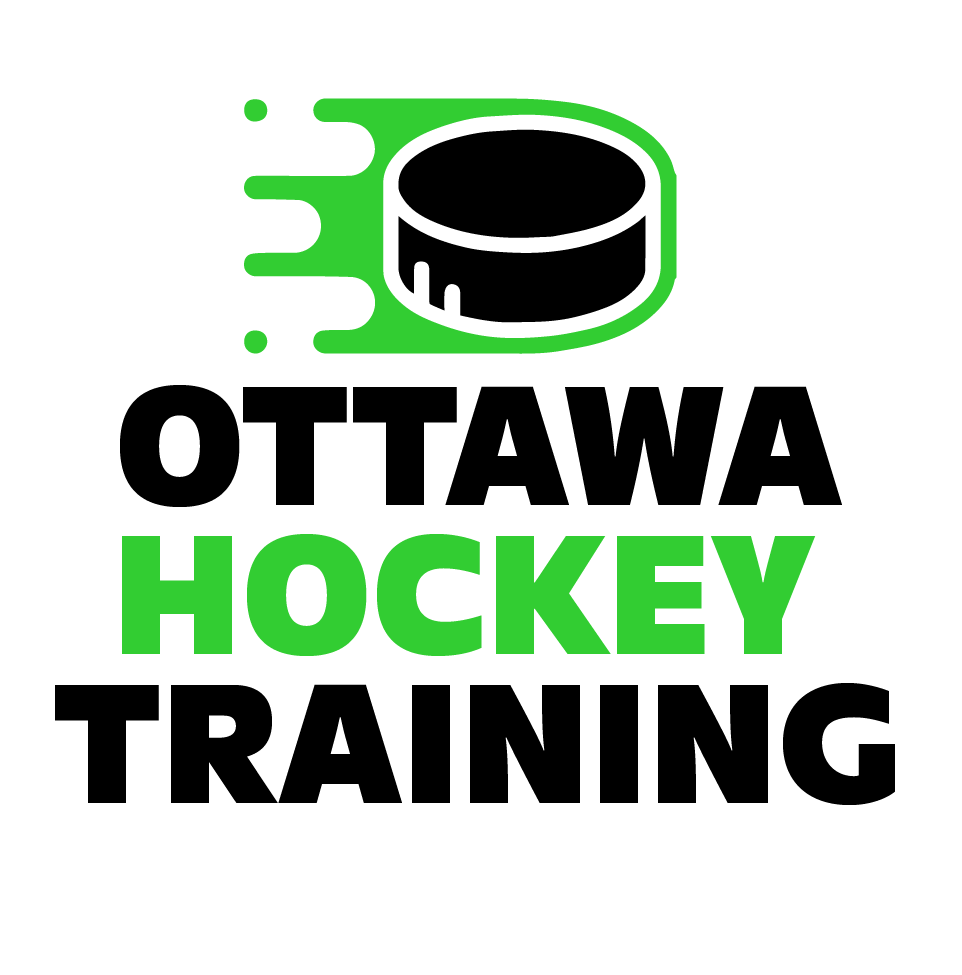Shots Are Easy
During training, too many goaltenders place too much emphasis on stopping the puck. Does this sound weird? Of course, but it’s true. The job of a goaltender is to ensure that the puck doesn’t go into the net behind them. Therefore it’s only logical that while training, a goaltender will focus on stopping as many pucks as possible. Will this make them better? Are they efficient? The problem is that during training, too many goaltenders are focussing on making saves, rather than every movement required from them in order to ensure that they are always in position and ready for shots and therefore causing the saves to be effortless. That being said, the easiest part of a goaltender’s job will be to stop the puck, whereas the hardest part is ensuring that positioning and timing is accurate and efficient. At Goalie Army Academy, we pride ourselves on being able to teach our goaltenders to be efficient rather than to make amazing, highlight reel saves, and we believe that a goaltender that had to make an “amazing” save, is a goaltender who was out of position in the first place.
Goaltenders are technical learners, and therefore require a solid technical foundation before speed and power should be added into one’s training. We have seen many goaltenders who are used to practicing at such a fast pace that they have forgotten the reason for every movement that they are performing during their training. As with many people goaltenders need to understand why they are doing the things that are asked of them prior to doing them. This will allow them to transfer their learning into a game much easier. All of our exercises are based upon every situation which a goaltender will face in a real game, but the difference between how we approach training versus our competitors is proper explanations and coaching on every movement that they are performing, as well as repetition.
In the event that a goaltender needs to move from the top of their crease, and transition into a butterfly block back to their post, the goaltender will need to C-cut slightly in order to direct their leg pad back toward the post, drop the knee of the same leg, push with the opposite leg, then bringing the pushing knee inward to meet the sliding knee in order to close the gap between the knees. All of this must occur while making sure that the goaltender’s arms are secured beside their core, their back is up straight, and that their stick is angled so that it may be used as a ramp for the puck to travel along and direct it to the midsection of the goaltender. At the earlier development stages for goaltenders, more emphasis should be placed on the Why’s, the When’s, and the How’s in order to build a solid technical foundation. It is very important to form good habits early and then build upon them with more speed and power.
The theory of keeping the shoulders of a goaltender facing the puck evenly at all times is to cut off the angles from the shooter, and to match the puck’s speed and time the release of shots. Keeping the shoulders square will also ensure proper coverage by the stick along the ice during ready stances and standing movements. But the shoulders also allow a goaltender to be more productive with good, hard pushes during direct movements. Direct movements are essential to the success of a goaltender to ensure that they match the speed that the puck is traveling during a pass. In order to use direct movements within the crease, a goaltender must push hard with one foot, and always stop hard with the opposite. Some coaches feel that moving within one’s crease should allow the goaltender to retreat to the centre of his/her crease and then coast out to cut off the angles available to the shooter. We feel that this method only wastes time for a goaltender and will allow the shooter to see more of the net. We also feel that this method is not a good practice as the goaltender may still be moving when a shot is released from the shooter’s stick. If this is the case, then the goaltender may find it harder to react and control the puck or find themself more likely to be out of position in the event that a rebound is given up.
With so much to keep in mind in order to stay technically sound, it is an imperative practice to train with technique being at the front of a goaltender’s mind during any on-ice training. This means that goaltenders should focus more on how well they are doing technically, and then add speed and agility as they progress.

Leave a Reply